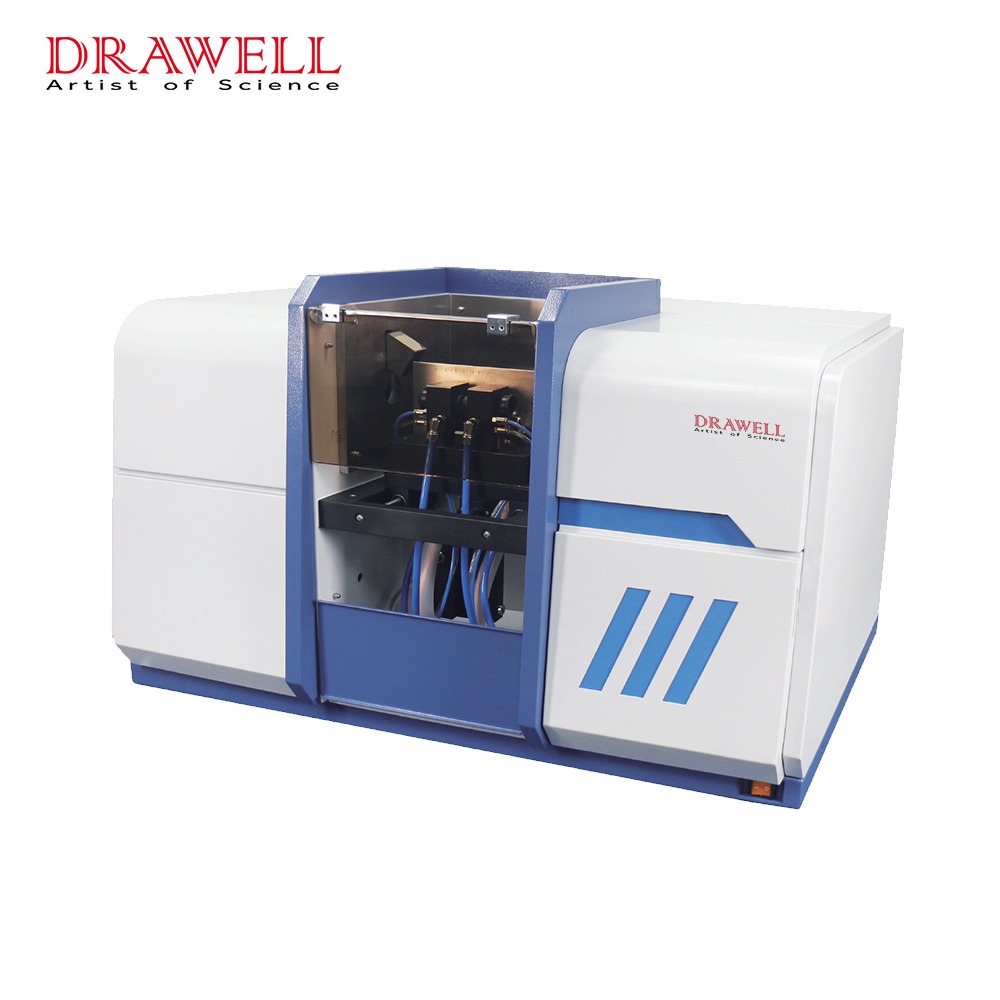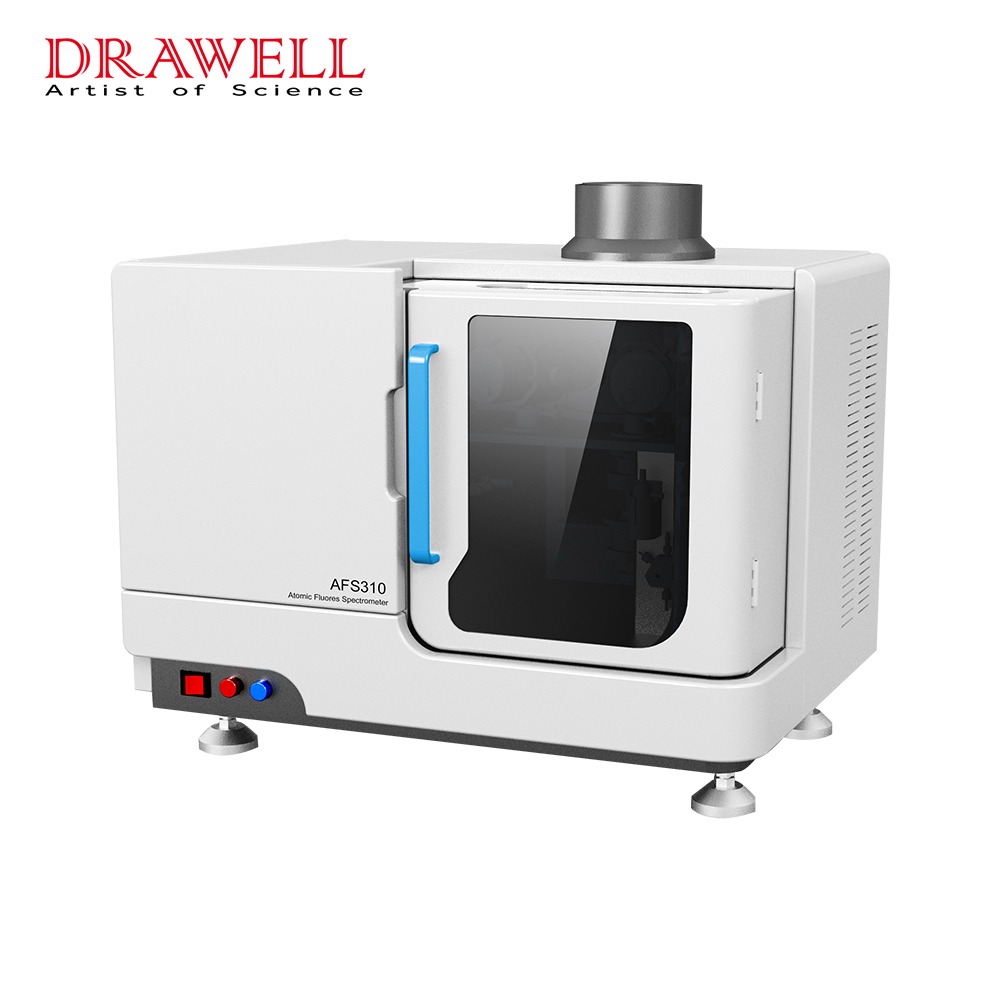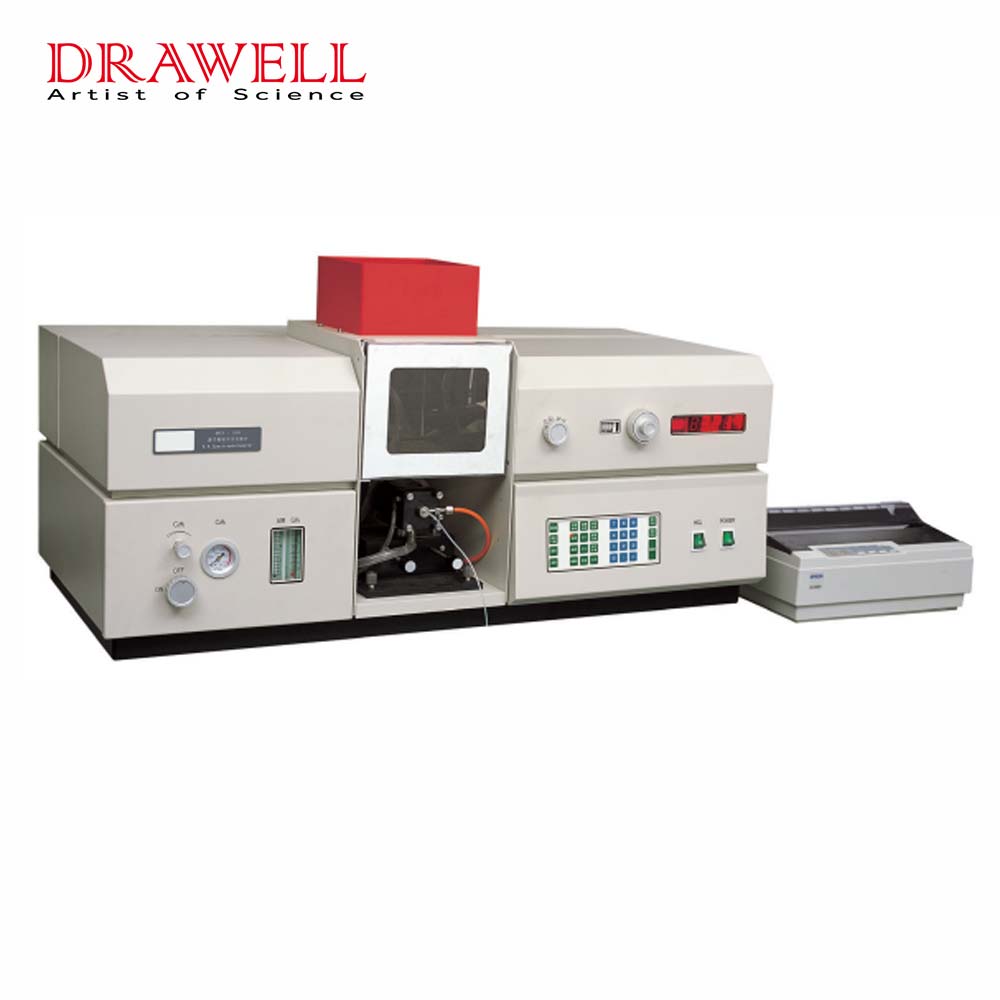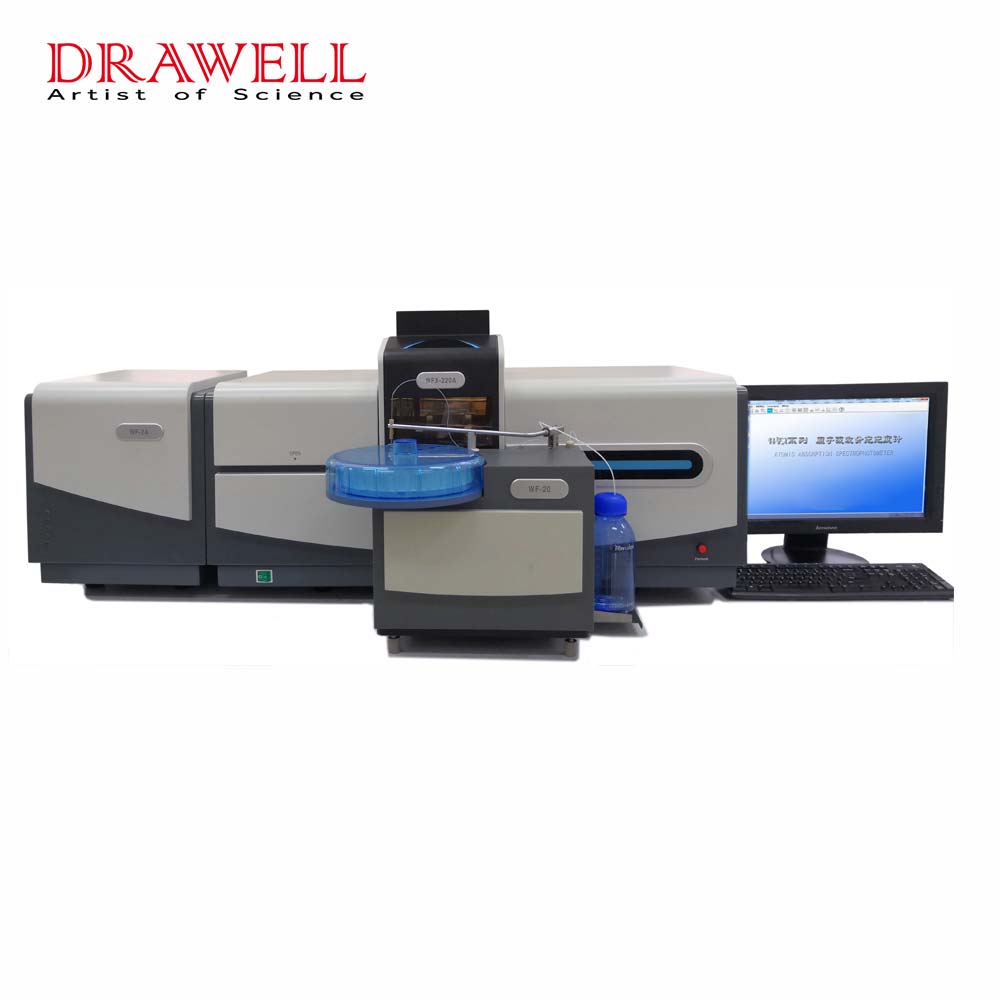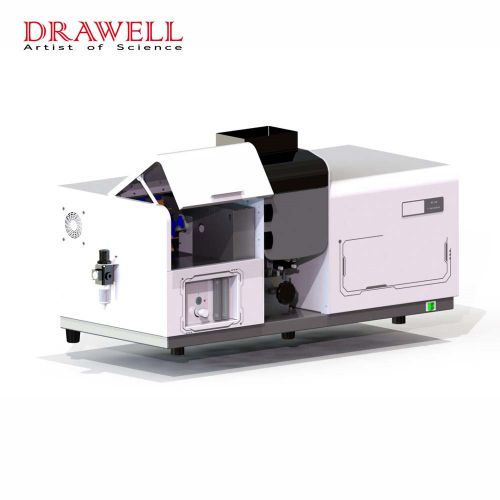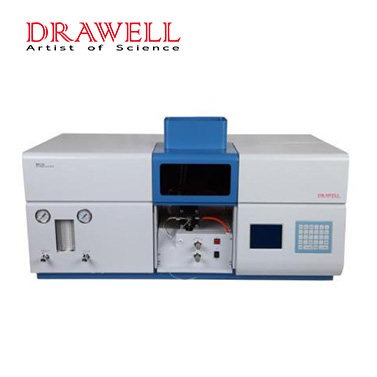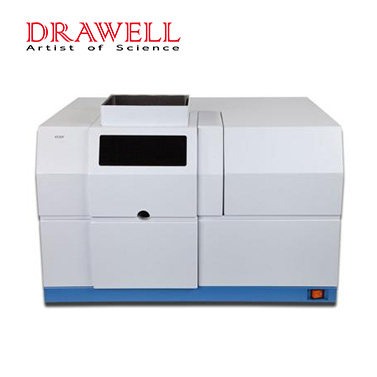In today’s world, consumers are more conscious than ever about what goes into their bodies. They demand not only delicious and nutritious food but also transparency about the composition of the products they consume. To meet these expectations, the food industry relies on advanced analytical techniques like AAS(atomic absorption spectroscopy) in food analysis to perform elemental analysis of food products. In this article, we delve into the importance of AAS in food analysis and its role in ensuring food safety, authenticity, and quality.
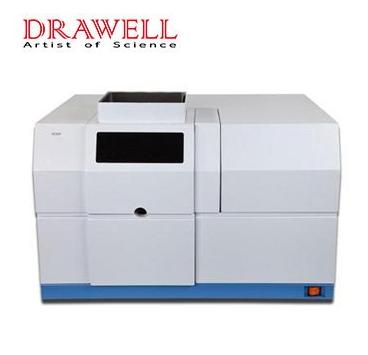
Understanding AAS(Atomic absorption spectroscopy) in Food Analysis
AAS(Atomic absorption spectroscopy) is a highly versatile analytical technique used to determine the concentration of specific elements in a wide range of samples, including food products. At its core, AAS relies on the principle of measuring the absorption of light by atoms of the target element. In the context of food analysis, AAS enables the precise quantification of elements such as calcium, iron, zinc, lead, and many others. This information is invaluable for various aspects of the food industry, from nutritional labeling to food safety assessments.
What are the components of AAS?
At the heart of AAS is the atomic absorption spectrophotometer, a sophisticated piece of equipment designed to precisely measure the absorption of light by atomic species in a sample. This instrument consists of several key components:
- Light Source: A specific hollow cathode lamp (HCL) is used to produce a light beam with a narrow wavelength corresponding to the absorption line of the element of interest.
- Sample Introduction System: Depending on the nature of the sample, it can be introduced into the instrument as a solution or vaporized. The sample is then mixed with the light beam for analysis.
- Atomization Source: AAS can utilize different atomization sources, including flames and graphite furnaces, to convert the sample into a gaseous state of atoms.
- Monochromator: This component selects a specific wavelength of light from the broad spectrum emitted by the hollow cathode lamp, allowing for precise measurement.
- Detector: The detector measures the intensity of the light before and after it interacts with the sample, and the absorbance is calculated.
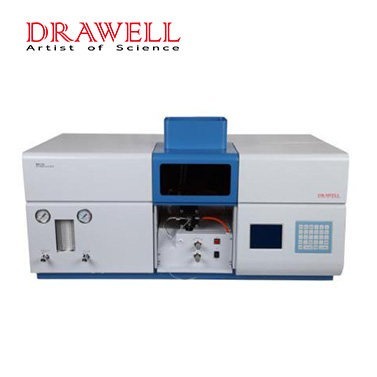
Why use AAS in Food Analysis?
Atomic Absorption Spectroscopy (AAS) is widely used in food analysis for several critical reasons:
- Nutritional Analysis: AAS is pivotal in determining the elemental composition of food products. Essential elements like calcium, iron, and zinc play critical roles in human nutrition, and accurate measurement is vital for nutritional labeling and ensuring that products meet recommended dietary allowances.
- Food Safety: The detection of heavy metals like lead, cadmium, and mercury is essential for food safety. AAS can identify trace amounts of these toxic elements, helping prevent contaminated products from reaching consumers.
- Authenticity Verification: In an era of global trade, AAS is used to verify the authenticity of food products. By analyzing isotopic compositions of elements like carbon and nitrogen or the presence of specific trace elements like strontium and lead, the origin of food items can be traced, ensuring consumers get what they pay for.
- Quality Control: AAS supports quality control in food processing by monitoring elemental content during production. This helps maintain consistent product quality and ensures compliance with industry standards.
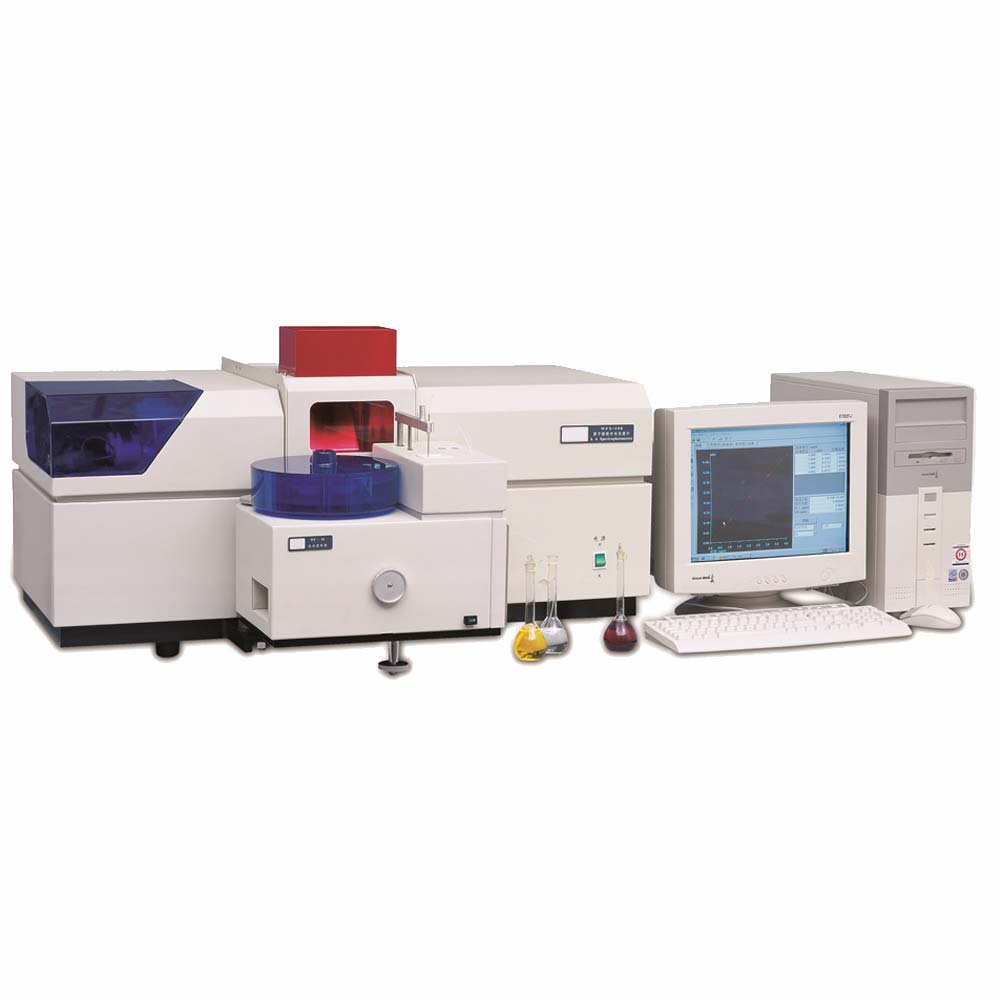
How to analyze food samples with AAS(Atomic absorption spectroscopy)?
The process of elemental analysis in food products using AAS involves several critical steps:
- Sample Preparation: Depending on the type of food product, solid samples may need to be converted into a solution through a digestion process. This ensures that the elements of interest are present in a form suitable for analysis.
- Calibration: A set of standard solutions containing known concentrations of the element of interest is prepared. These standards serve as reference points for creating a calibration curve, which relates absorbance to concentration.
- Instrument Setup: The atomic absorption spectrophotometer is configured to the specific requirements of the analysis. This includes selecting the appropriate hollow cathode lamp for the target element, setting the wavelength, and optimizing flame or graphite furnace conditions for atomization.
- Measurement: After calibration, the sample is introduced into the instrument, and its absorbance at the selected wavelength is measured. This absorbance value is then compared to the calibration curve to determine the element’s concentration in the sample.
- Quality Control: To ensure the accuracy of results, quality control samples, such as reference materials or spiked samples, are regularly analyzed. This helps identify and correct any sources of error.
Conclusion
AAS(Atomic absorption spectroscopy) in food analysis, powered by the atomic absorption spectrophotometer, plays a pivotal role in ensuring the safety, authenticity, and quality of food products. From monitoring essential nutrients to detecting harmful contaminants, AAS is a versatile tool that empowers the food industry to meet consumer demands for transparency and reliability. As technology continues to advance, AAS in food analysis will evolve, offering even greater precision and speed in elemental analysis.

